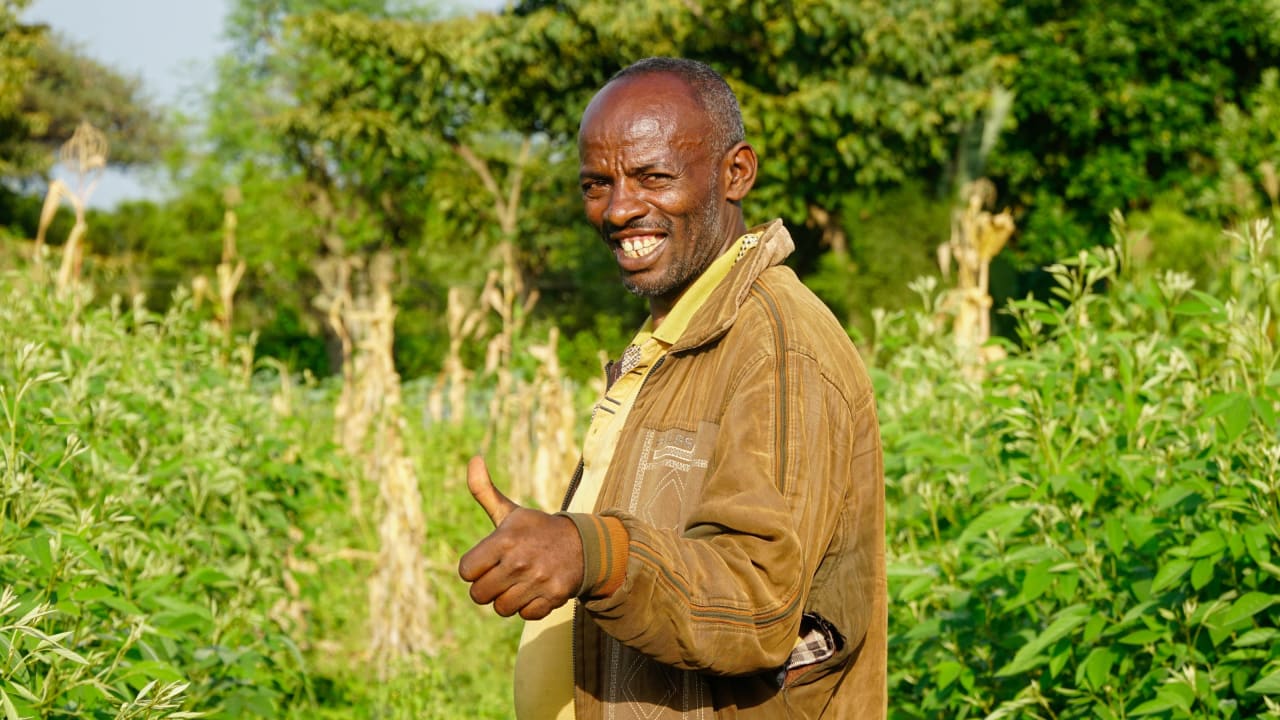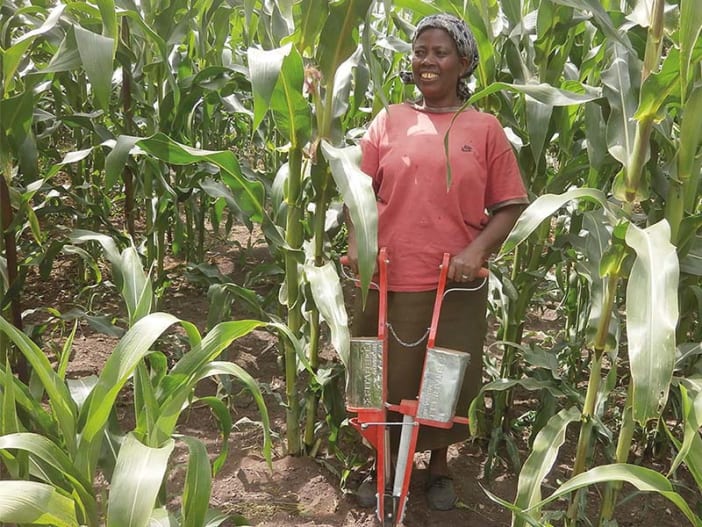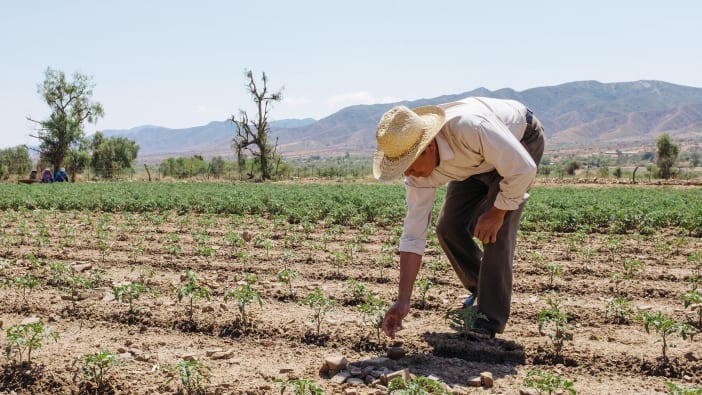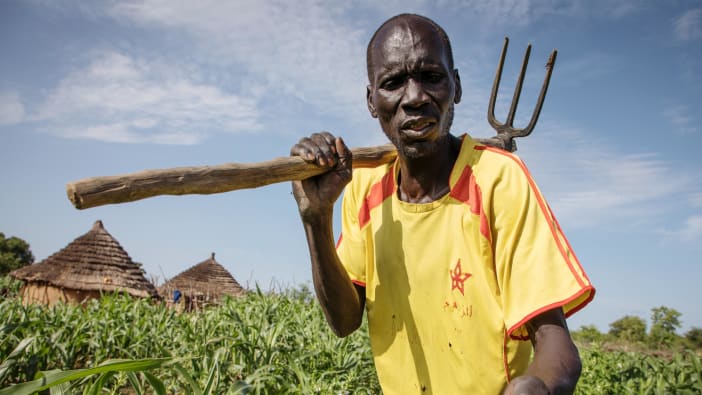The aim of this guide is to raise awareness of:
- the benefits of including trees with growing crops as a part of sustainable agriculture
- the value of agroforestry in improving soil fertility and preventing soil erosion
- the nutritional benefits of various tree species recommended for agroforestry
Anticipated outcomes
- communities encouraged to regard agroforestry and tree planting as a normal activity on farmland
- the building and maintenance of tree nurseries in local communities and the introduction of a variety of recommended tree species
- farmers encouraged to experiment and compare various techniques for tree planting
- people learn the value of local trees and gain confidence in their local knowledge
- the improvement of soil fertility and conservation - the improvement of family nutrition
- fuel wood becomes more available, benefiting the local environment
- the provision of opportunities to improve smallholder income










